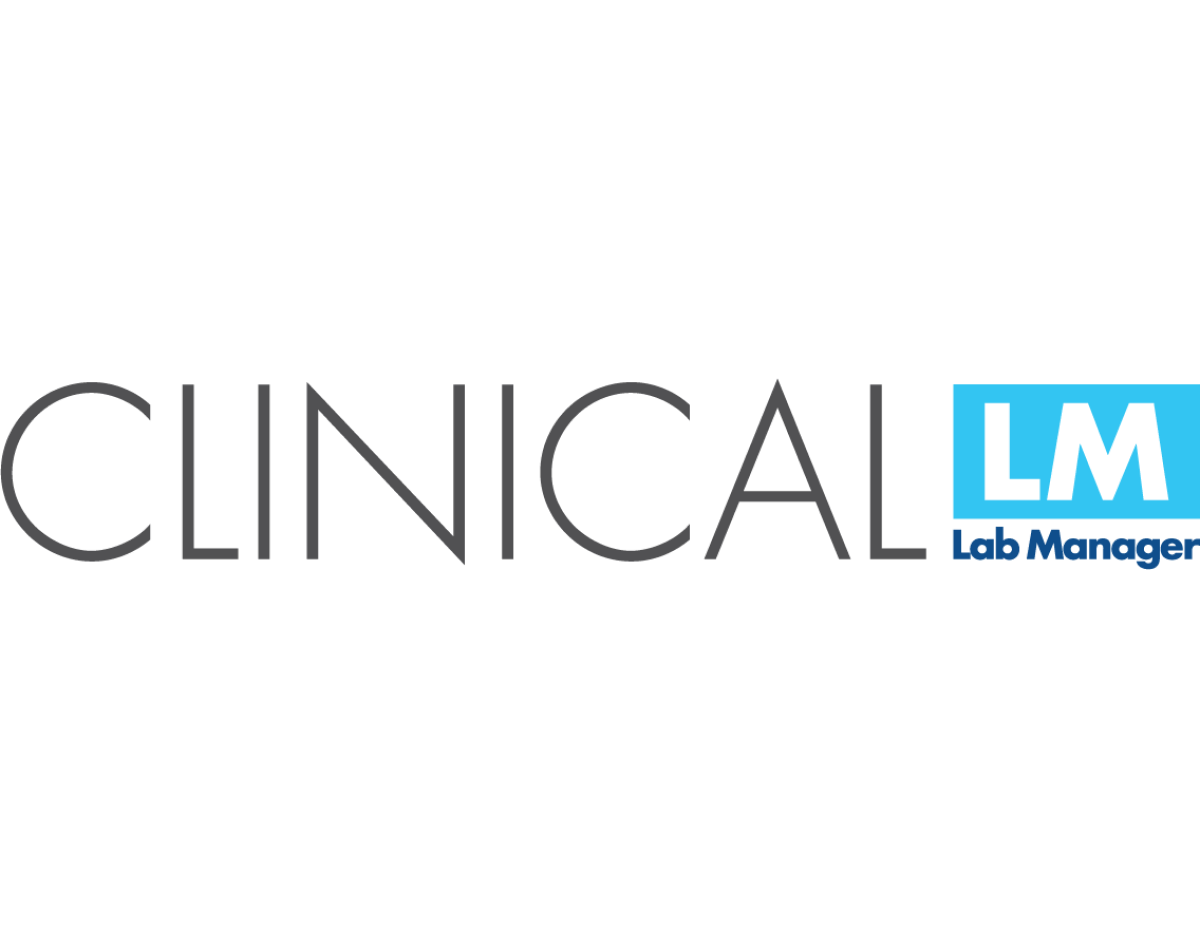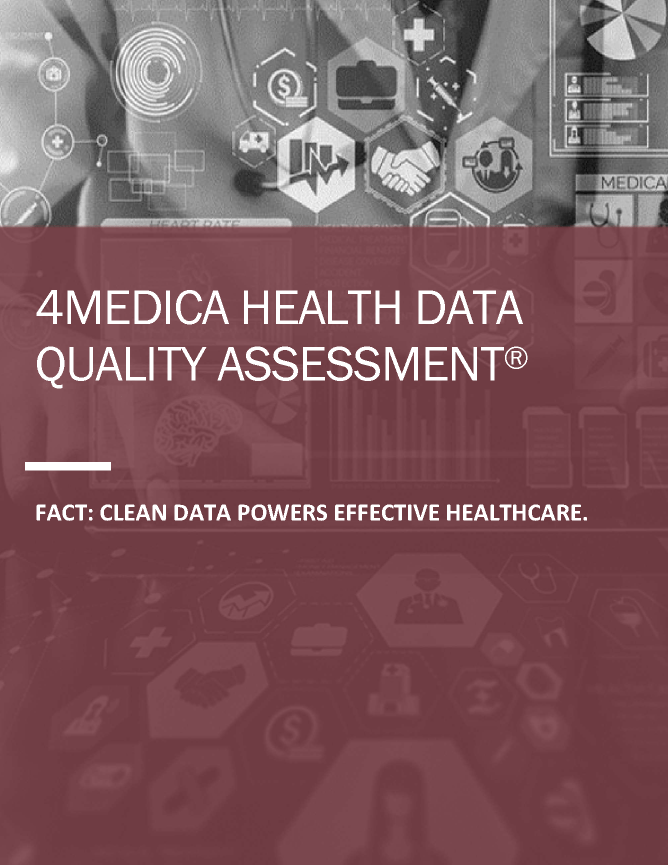This article was written by Gregg Church and published by Clinical Lab Manager. Click here to see original article.
Even before the COVID-19 pandemic severely disrupted the US health care system, health laboratories were drowning in work backlogs due to budget cuts and staff reductions. When demand for testing surged along with cases early in the winter and spring of 2020, these backlogs became overwhelming. Not much has improved since then.
As the winter flu season and Omicron variant peak, labs aren’t just trying to keep up with requests for testing, they are fighting for their very survival. Should more health labs close their doors, a critical first line of defense against infectious diseases will be further weakened.
Staffing concerns for health labs extend well beyond basic headcounts. Budget cuts and retirements have deprived many labs of experienced scientists, leaving a knowledge void that can’t be filled overnight or by recent graduates. Indeed, some labs are using college students as unpaid volunteers.
More ominously, the crushing workloads that have become routine for health labs over the past two years invariably lead to inaccurate test scores and clinical mistakes that jeopardize patient safety, as well as potential breaches of patient privacy.
Burn out and the great resignation
It’s no mystery why burned out lab workers are quitting their jobs. This exodus has left labs that conduct infectious disease testing desperate for more help to keep up with COVID-19 testing demands. Some of these labs are offering “sign on” bonuses to attract qualified lab techs and other critical resources needed to maintain the viability of their testing.
But the great lab resignation extends beyond facilities that conduct infectious disease testing. Staffing shortages also are impacting research and development labs, biosafety labs, production labs, and hospital-based labs. These facilities are struggling to retain technicians as well as operational and business management employees.
In addition, many lab employees have resigned because they fear contracting COVID-19 from their coworkers. Those who have remained in their jobs must absorb the extra work, which accelerates burnout and increases the risk of errors, such as faulty test results, missing or incorrect patient data, and tests that either aren’t performed or whose results aren’t communicated to providers, patients, or payers.
Labs that aren’t doing COVID-19 testing face another daunting problem stemming from the pandemic: gutted revenue. Millions of Americans avoided seeing their providers in 2020, leading to far fewer clinician requests for lab testing. This has forced labs to find ways to further reduce operational costs through staff reduction and more efficient processes that leverage technology.
The automation solution
It’s apparent by now that the traditional model for laboratory services is no longer operable in a world where 1) labs may have to rapidly scale testing output as demand warrants and 2) state/federal funding levels are uncertain. The days of generous, consistent budgets and deeply experienced lab personnel are quickly fading into the past. Instead, overworked and underpaid lab workers have become the new normal, leading to inefficiency, frustration, human error, and constant employee turnover.
Fortunately, technological solutions exist that can improve lab operations by automating administrative tasks such as billing and the removal of duplicate patient records. Health labs, as well as private labs and imaging centers, would benefit from deploying automation technology to gain greater operational efficiency.
While improved efficiency and output are always welcome for labs and imaging centers, they are more important than ever as these facilities evolve from their customary role as small service lines to revenue and profit centers. Ensuring the quality of their records and results is imperative to both labs and imaging centers as health care continues to embrace value-based care reimbursement models that emphasize better patient outcomes and reduced costs.
Data quality efforts should start at the point of data capture. Incorrect patient data from electronic health records make it difficult to match patients, resulting in costly duplicate records that can confuse lab staff and sharply reduce efficiency. Automation streamlines the process of order intake, which vastly reduces mistakes such as patient record duplications. On the other end, automation can help normalize data as test results are coming back out.
Automation can even be applied to the necessary but excruciating process of digitally converting paper requisitions, which still comprise a large percentage of all lab testing requests. Paper-based test requests can be scanned for conversion into electronic form. By doing so, labs can achieve a digital order rate of 100 percent, even if requisitions still come in on paper.
Data entry positions are low paying and turnover is a perpetual challenge for labs when they get sucked into a never-ending cycle of hiring, training, and losing employees. What’s the point of constantly sinking time, energy, and expense into an activity that fails to improve data quality?
The case for quality lab data
Automation not only allows labs to reduce or even eliminate data entry positions, but it can also normalize inbound and outbound data, liberating labs from having to either hire data entry personnel or reallocate data entry and accessioning responsibilities to already small and overworked staff. The benefits of automation also extends to billing and collections, because better data quality control at the front end of the process means fewer denials and complications arising from duplicate patient records, incorrect contact information, and other human errors. This results in a more reliable and predictable revenue cycle.
Much of the work done in labs is inarguably repetitive and routine. But labs are also called upon every day to supply test results upon which life-and-death decisions are based. In situations such as these, faster turnaround times can help providers and payers save and improve lives. And that is the entire point of health care.


